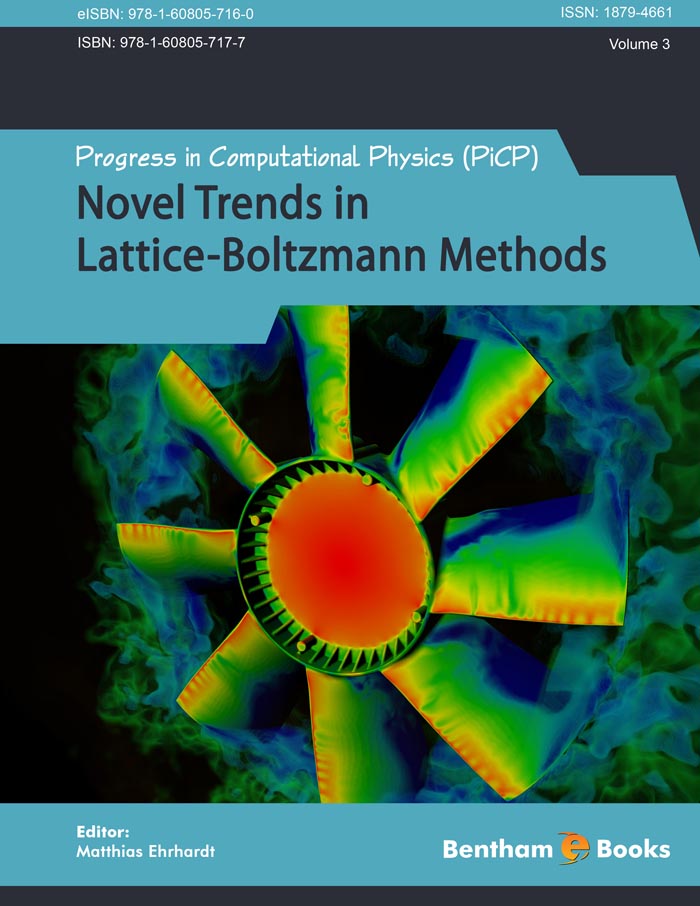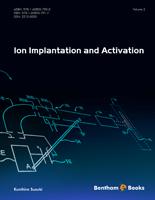Introduction
Progress in Computational Physics is an e-book series devoted to recent research trends in computational physics. It contains chapters contributed by outstanding experts of modeling of physical problems. The series focuses on interdisciplinary computational perspectives of current physical challenges, new numerical techniques for the solution of mathematical wave equations and describes certain real-world applications.
With the help of powerful computers and sophisticated methods of numerical mathematics it is possible to simulate many ultramodern devices, e.g. photonic crystals structures, semiconductor nanostructures or fuel cell stacks devices, thus preventing expensive and longstanding design and optimization in the laboratories.
In this book series, research manuscripts are shortened as single chapters and focus on one hot topic per volume.
Engineers, physicists, meteorologists, etc. and applied mathematicians can benefit from the series content. Readers will get a deep and active insight into state-of-the art modeling and simulation techniques of ultra-modern devices and problems.
The third volume - Novel Trends in Lattice Boltzmann Methods - Reactive Flow, Physicochemical Transport and Fluid-Structure Interaction - contains 09 chapters devoted to mathematical analysis of different issues related to the lattice Boltzmann methods, advanced numerical techniques for physico-chemical flows, fluid structure interaction and practical applications of these phenomena to real world problems.





